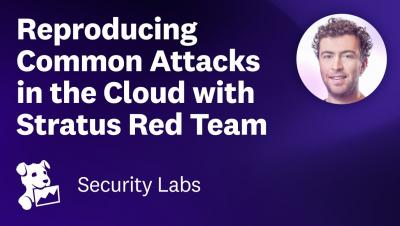Be Aware of SEO and Waterhole Attacks
Most social engineering scams search out their potential victims, often sending emails to known email addresses, sending chat messages to them or calling known phone numbers. The attackers take an active role in seeking out and making contact with their victims.









